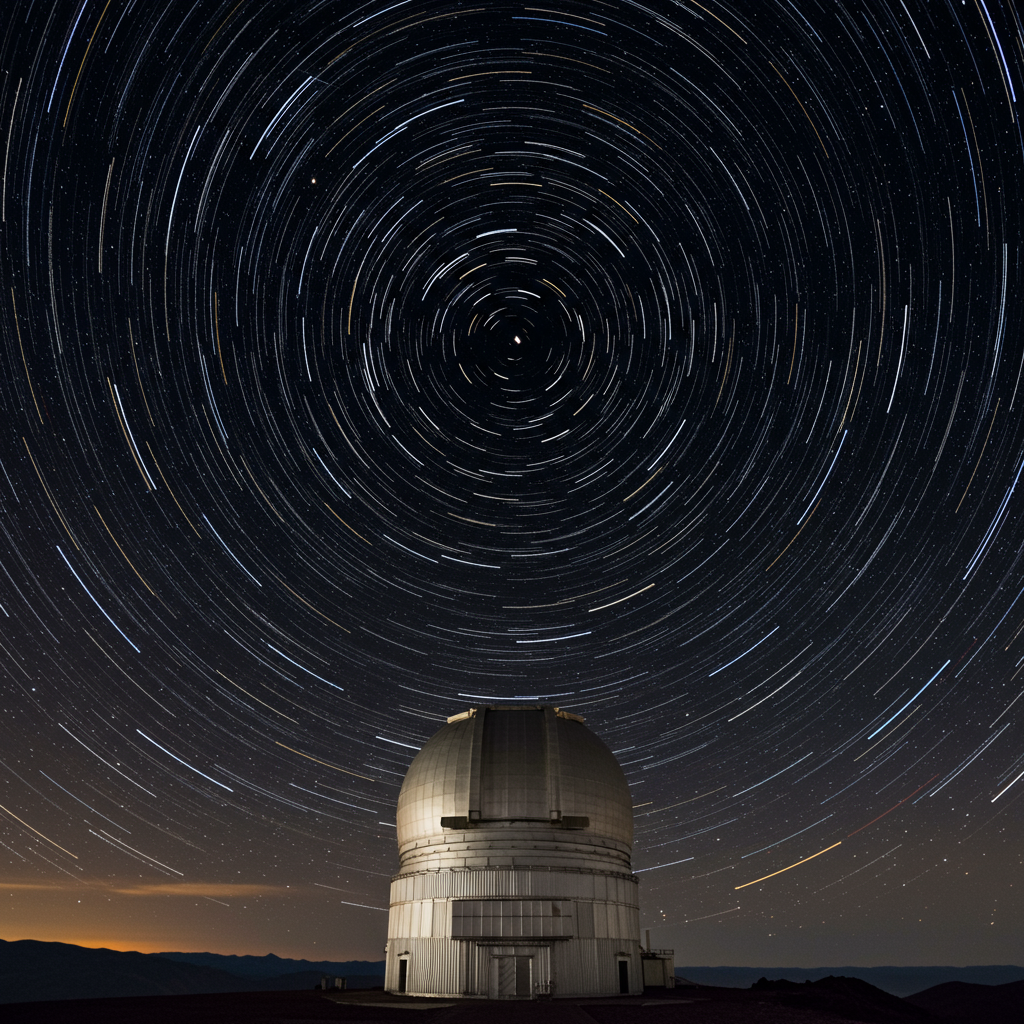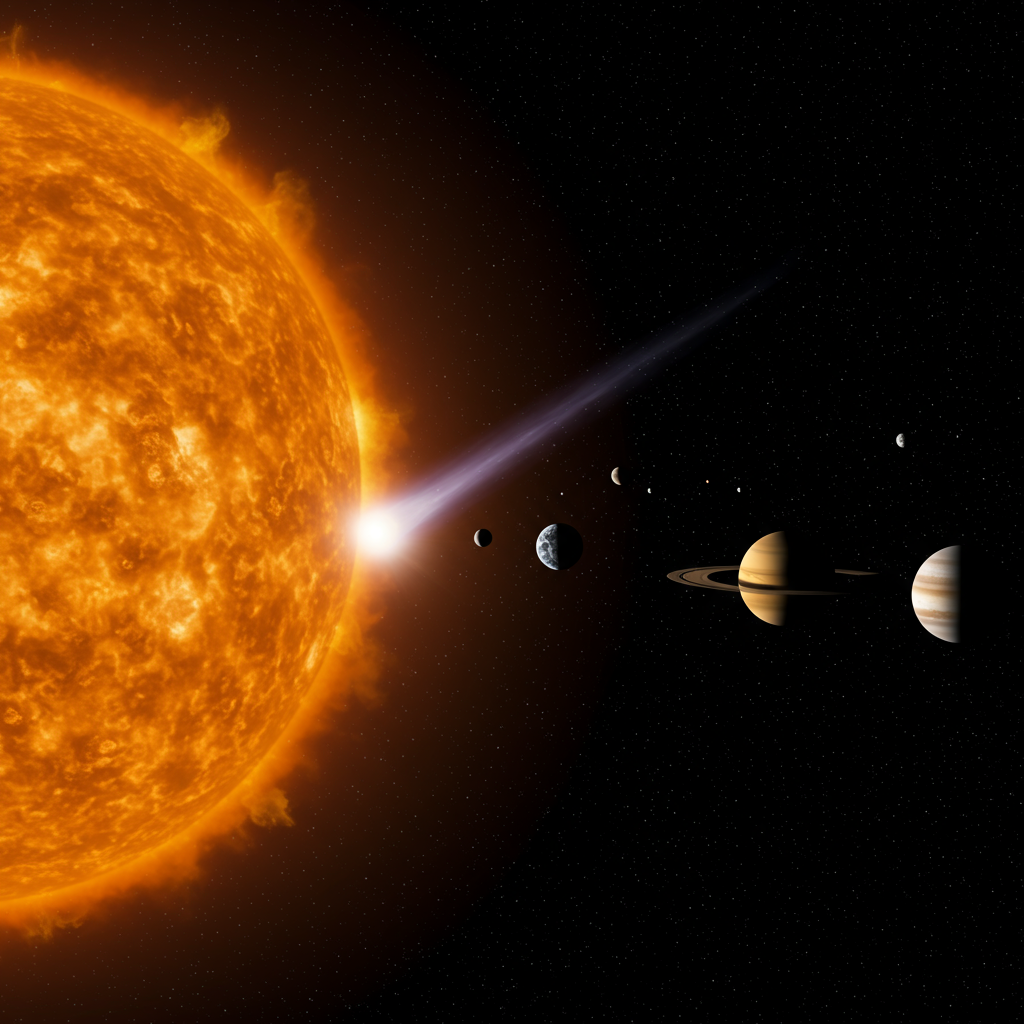Starry Compass Guides Tiny Bogong Moths Across Australia
Every year, billions of small, unassuming brown moths embark on one of nature’s most extraordinary journeys. Bogong moths (Agrotis infusa) undertake an epic annual migration across southeast Australia, traveling hundreds of miles – sometimes over 600 miles (1,000 kilometers) – to reach specific mountain caves. What makes this feat truly remarkable is that the new generation of moths making the journey has never been to these destinations before and receives no guidance from their parents.
For years, scientists have puzzled over how these tiny insects, with brains smaller than a grain of rice, navigate such vast distances to find the same cool caves high in the Australian Alps, year after year. While previous research suggested they used the Earth’s magnetic field for orientation, it was clear this alone wasn’t enough for precise, long-distance navigation, especially through diverse landscapes and at night.
Unlocking the Celestial Secret
New groundbreaking research reveals a crucial missing piece of the puzzle: Bogong moths use the starry night sky as a sophisticated navigational tool. Published in the journal Nature, this study marks the first time an invertebrate has been shown to use stars for long-distance navigation, and even identifies specific neurons in an insect brain that respond to the starry sky.
Researchers suspected the stars might provide the reliable visual cue needed for the moths’ nocturnal journey. The Milky Way, a prominent feature of the Australian night sky, seemed like an obvious potential compass.
To test this theory, scientists conducted experiments with migrating moths captured in the Australian Alps. In a miniature planetarium simulating the night sky while blocking the Earth’s magnetic field, moths consistently oriented themselves and flew in their migratory direction when presented with a natural star pattern. When the star patterns were experimentally scrambled, the moths became disoriented, demonstrating their reliance on celestial cues for direction.
Delving deeper, the team examined the moths’ brains. They recorded the electrical activity of individual neurons in areas processing visual information while rotating a projected image of the Milky Way. Astoundingly, many neurons showed peak activity when the simulated sky was oriented towards the south – the moths’ migratory direction. This provides direct evidence that their brains encode directional information by processing visual patterns from the starry sky.
A Complex Navigational System
This ability to use stars adds a crucial layer to the Bogong moth’s navigation system. Experts note that combining a visual cue like the starry sky with magnetic field information provides a robust backup system. If one cue is unavailable, perhaps due to cloudy skies or magnetic interference, the moths can rely on the other, significantly increasing their chances of successfully completing their arduous journey.
The migration is essential for the moths’ survival. They hatch in the hot breeding grounds of southeast Australia in spring. Rather than reproducing immediately where larvae would starve in the summer heat, the adults fly south to cooler mountain caves. There, they enter a state of summer dormancy called estivation, congregating by the millions, often covering cave walls completely. In the fall, they return north to breed, lay eggs, and complete their life cycle. The next generation then instinctively follows the same path to the mountains, guided by cues they perceive for the very first time.
Conservation Through Understanding
Understanding how Bogong moths navigate by the stars has critical implications for their conservation. The Bogong moth population is currently endangered, facing threats including habitat loss and climate change. As a vital food source for alpine ecosystems and other wildlife, their decline has broader ecological consequences.
The discovery of their reliance on celestial navigation highlights the impact of human-induced light pollution. Artificial lights can interfere with the moths’ ability to perceive the faint patterns of the stars, potentially disrupting their migratory paths. Protecting the dark skies along their migratory corridors is identified as a key step in helping these incredible insects continue their essential, star-led journey and safeguarding the ecosystems that depend on them.




